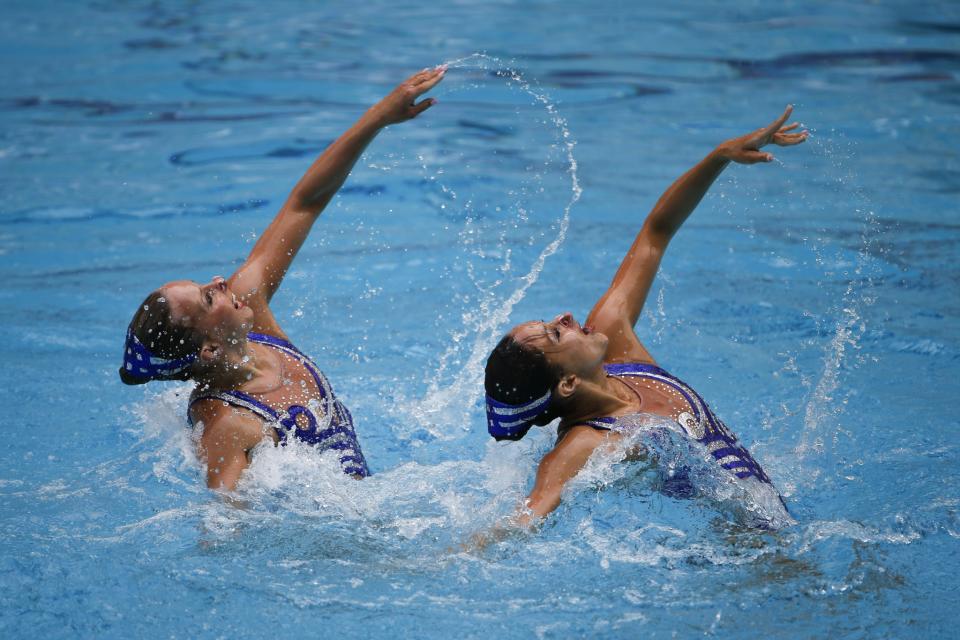Why synchronized swimmers are at great risk for concussions (really)

Above the water, synchronized swimming embodies gracefulness and perfection.
Under the water, the sport is a bit more savage than expected.
In today’s age, we’re well aware about concussions in football and other contact sports. But synchronized swimming?
According to The New York Times, synchronized swimming’s perception doesn’t match the reality, as concussions and head injuries have become a growing concern within the sport. While we see the elegance and beauty above the surface, below the water swimmers navigate around flailing limbs and complicated positions, sometimes leading to contact with teammates.
From The New York Times:
“A kick in the head is a kick in the head, whether it happens in the pool or not,” said Geoffrey Manley, the chief of neurosurgery at San Francisco General Hospital and a specialist in head trauma.
In their experience, Bill Moreau, managing director of sports medicine for the United States Olympic Committee, believes nearly half of the synchronized swimmers he’s worked with have suffered concussions, while Myriam Glez, chief executive of USA Synchro claimed “100 percent of my athletes” will sustain at least one in their career.
Like other sports organizations, USA Synchro has taken steps within the past year to improve the safety of its athletes by developing a concussion protocol. Yet, because of the very nature of synchronized swimming, it’s still rather ineffective compared to other sports procedures. Concussion symptoms – dizziness, blurred vision, nausea – can also occur from complex movements under water, making concussion detection and protocol enforcement difficult.
Now, with greater awareness of the threat, could synchronized swimming begin experiencing a strange dynamic at the Olympics in Rio?
On one end, fans and participants of synchronized swimming are more concerned about the safety of athletes. But on the other hand, this information could create a newfound excitement for the sport. Just like how football and hockey fans anxiously wait for the next big hit, synchronized swimming could appeal to that same audience.
Well, maybe that’s a stretch.
But nevertheless, our understanding of concussions continues to increase. And we keep finding out they don’t discriminate by sport. Not even for synchronized swimming.

 Yahoo Sports
Yahoo Sports 